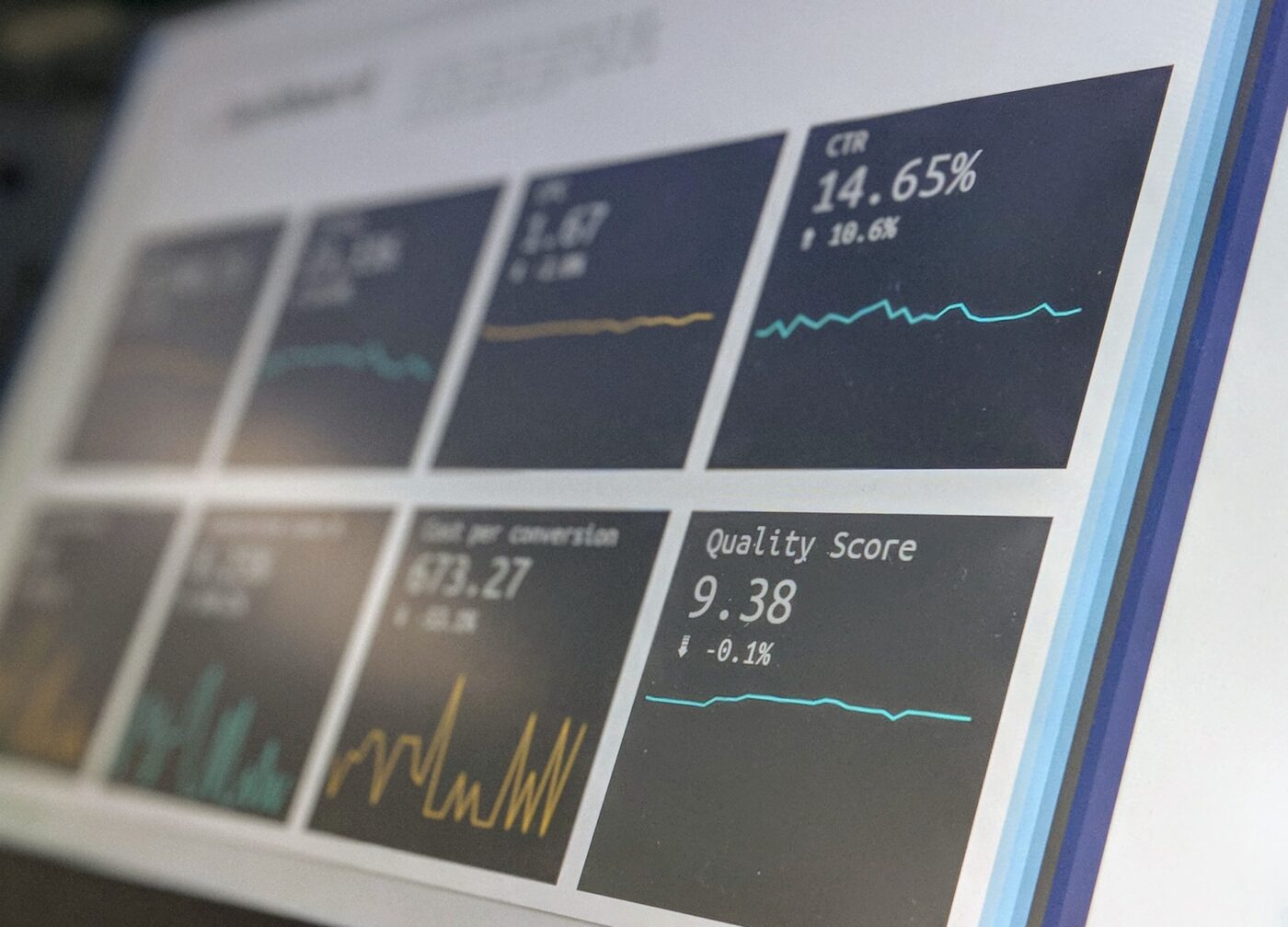Hit small marks accurately with Big Data

There is a survey in which young test candidates – so we’re not talking about silver surfers – were not aware of the fact that the top results in Google are not necessarily the best and most suitable search results, but paid ads. And this although it prominently says “AD” right next to them. People simply absorbed whatever was being offered to them online. Of course, this survey is a few years old, and those youths surely do not represent the majority of informed Internet users … or do they?
Current surveys show that usually, users are able to recognise the various forms of commercial advertising. However, the “opponent” Cambridge Analytica was a step ahead before the public even noticed it: in contrast to commerce, what counts at the social level is not the direct click-to-action, but rather the impact on opinions, i.e. the mind-building content. Well, that’s not new – content designed to influence people’s attitudes and decisions has been around for millennia and once used to be called “propaganda” …
What is new is the strategy that Cambridge Analytica has applied in a wide and unscrupulous way – a strategy that also provides powerful leverage in a more moderate form in legal online marketing: micro-targeting
In the debate about fake news and posting bots that has been going on over the past two years, experts have repeatedly denied the high impact of micro-targeting. Does this mean that the above question has been settled? Not quite! Admittedly, custom content may not succeed in dissuading the average consumer. But then why do corporations appropriate millions or even billions to research and deploy this kind of personalised propaganda?
Though one or two postings in the timeline might not be able to cause a 180-degree turnaround in people’s opinion, they are well capable of changing attitudes at least by a few degrees. In our age, an almost unimaginable amount of data is employed in a minutely clustered form through systematic placement of selected online content as well as by means of analogous measures such as the doorstep campaigning conducted in the last US elections. For example, the Hillary team went from door to door, eager to tell feminist users/voters just how “strong and dignified” their candidate had conducted herself following her husband’s adultery. A few blocks further, the Trump team was keenly aware of the fact that points could be gained by presenting some supposedly racist statements Hillary had made a few years earlier. The objective was to gain points, not so much for Trump, but mostly against Hillary – after all, the notion that rejection is easier to sow than approval is an omnipresent insight that has also been demonstrated in a striking way by Facebook. At the same time, however, the planned wall on the Mexican border was not highlighted at this door, as the anonymised data repository showed that this kind of rejection wouldn’t be welcomed in this neighbourhood. Armed with such information, the attitude of a block of houses, a neighbourhood or a district can systematically be twisted by a few degrees. Indeed, in times of narrow majorities and election results, the leverage delivered by players like Cambridge Analytica can turn the tide of war.



